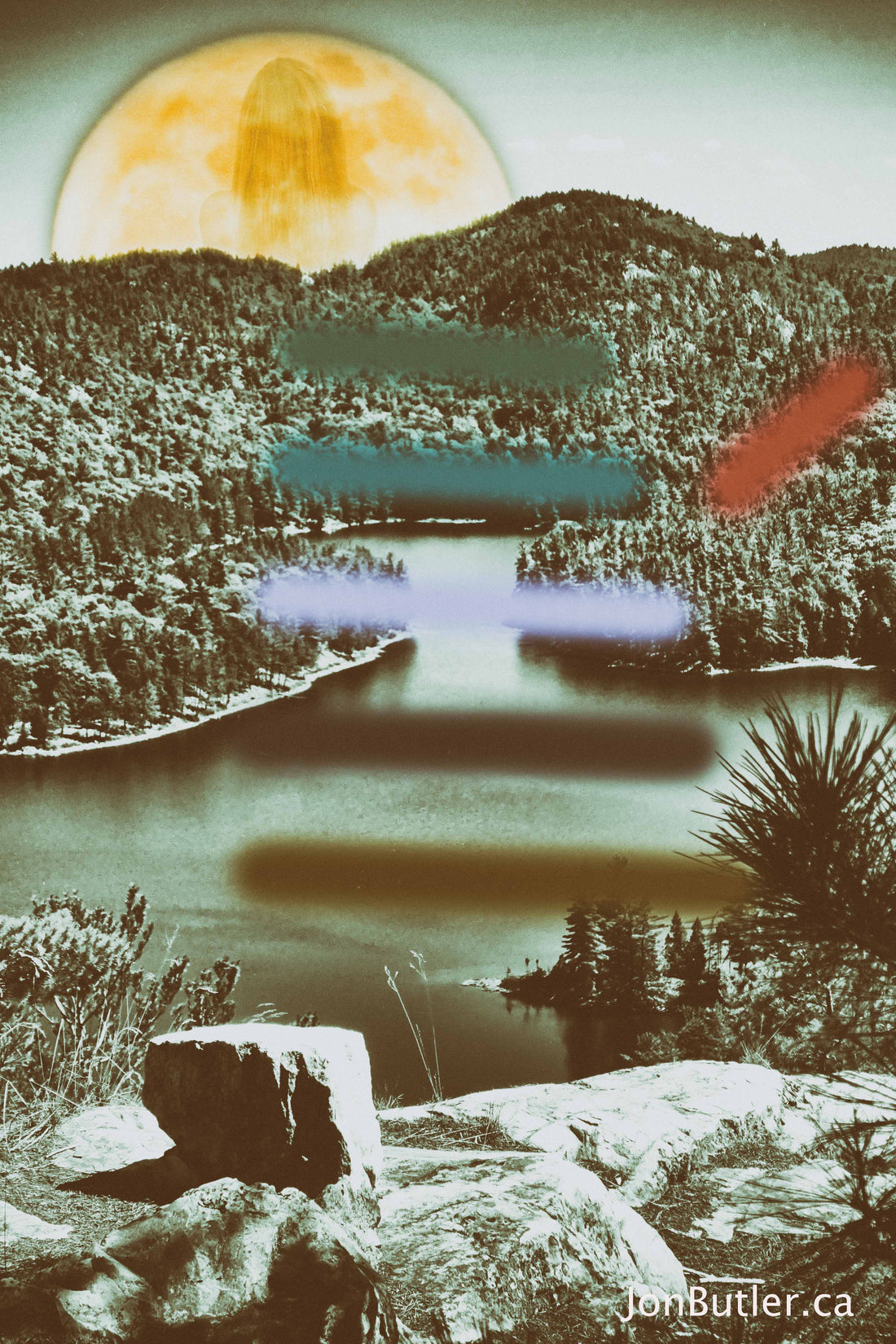The Group of Seven was a collective of Canadian landscape painters who played a significant role in shaping Canadian art and national identity in the early twentieth century. The group consisted of seven influential artists: Franklin Carmichael, Lawren Harris, A.Y. Jackson, Frank Johnston, Arthur Lismer, J.E.H. MacDonald, and Frederick Varley. A later addition to the group was A.J. Casson who replaced Frank Johnston.
The Group of Seven’s formation can be traced back to 1920 when Franklin Carmichael, Lawren Harris, Frank Johnston, A.Y. Jackson, and Arthur Lismer came together and exhibited their works as a unified front. They aimed to move away from traditional European artistic influences and explore a distinctly Canadian artistic expression rooted in Canadian landscapes.
Five members of the Group of Seven painted extensively in the Grace Lake, Frood Lake, McGregor Bay and Iroquois Bay area of La Cloche in Northern Ontario. Franklin Carmichael, A.Y. Jackson, A.J. Casson, Arthur Lismer and J.E.H. MacDonald all camped and sketched in this beautiful area of Northern Ontario known for its quartzite mountains and spectacular lakes.

Their art predominantly focused on the rugged and untamed beauty of the Canadian wilderness, showcasing the country’s vast landscapes, forests, lakes, and rocky terrains. The Group of Seven aimed to capture the emotional and spiritual essence of these natural scenes, often using bold brushwork, vibrant colors, and a sense of dynamism.
Notably, Tom Thomson, although never an official member of the Group, strongly influenced their artistic direction and is often considered an honorary member. His bold and expressive style, as well as his deep connection to the Canadian wilderness, had a lasting impact on the group.
The Group of Seven sought to promote a distinctly Canadian art that truly reflected the country’s identity and unique landscapes. They faced criticism and skepticism initially, but over time their works gained recognition and popularity, fueling a growing appreciation for Canadian art both domestically and internationally.

Beyond their artistic contributions, the Group of Seven played a crucial role in the development of Canadian cultural nationalism. Their emphasis on Canada’s rugged beauty and untamed landscapes helped shape a national identity deeply rooted in nature and provided a visual representation of the country’s unique spirit.
Today, the Group of Seven is celebrated as one of Canada’s most iconic artistic movements. Their works continue to be highly regarded, with their paintings exhibited in major galleries and museums across Canada and internationally. The Group’s legacy continues to inspire contemporary Canadian artists and remains an integral part of the country’s cultural heritage.



1 comment
Very cool John. Informative and a fun read.